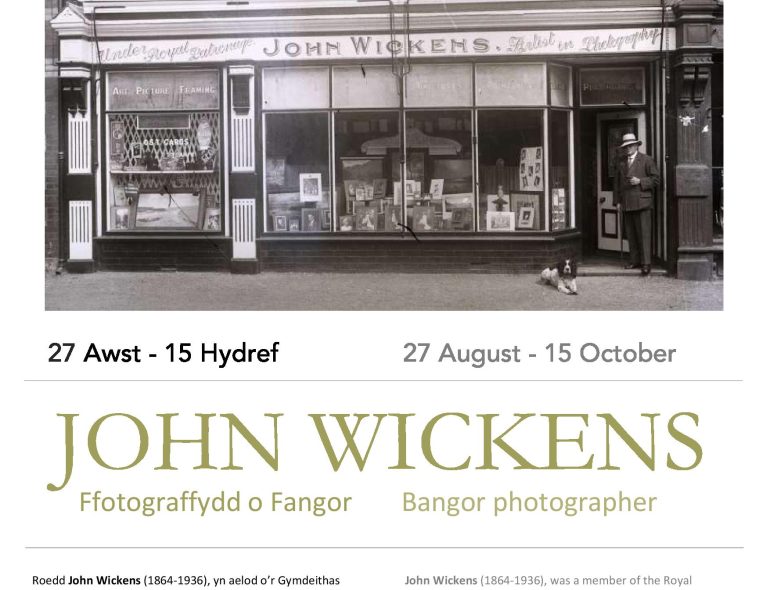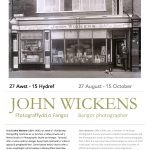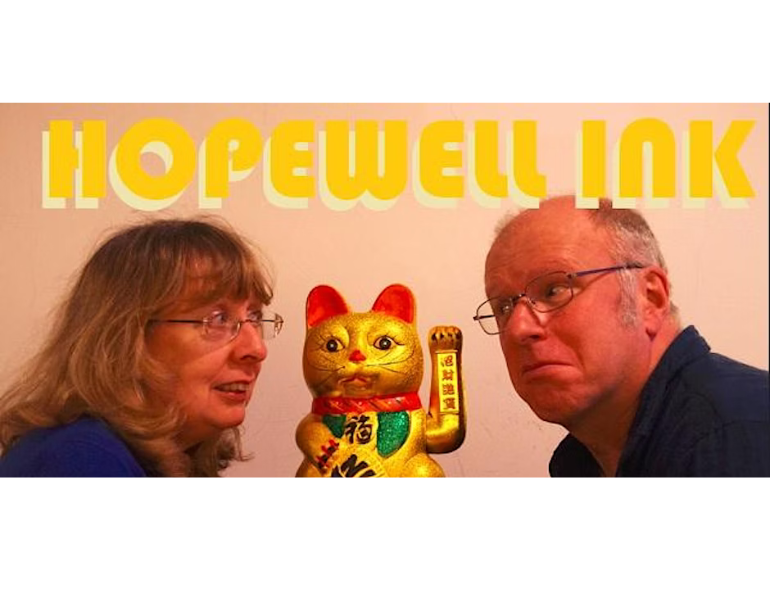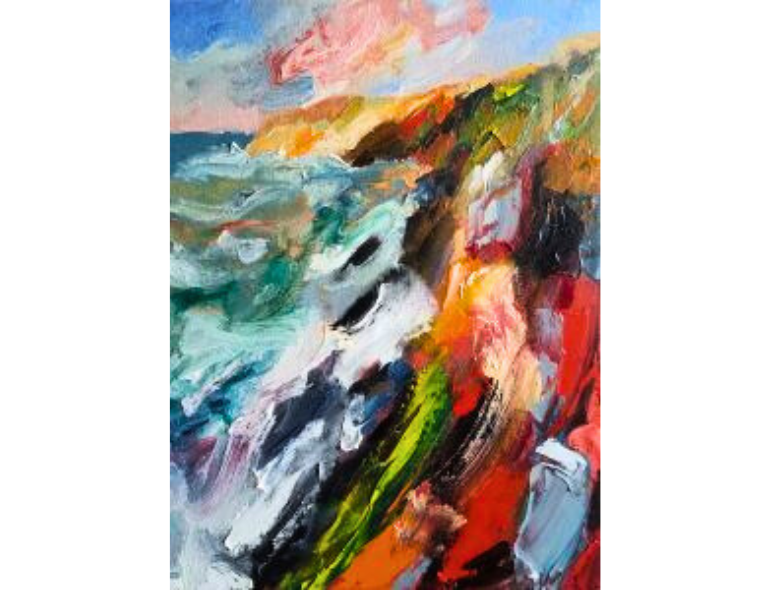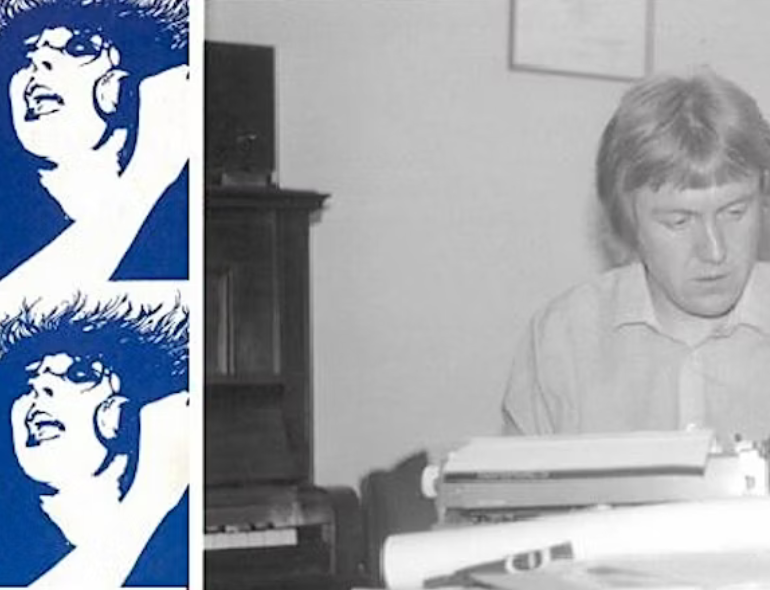John Wickens was born in the village of Keymer in the South Downs, England. He was the son of Isaac Wickens, who worked as a carpenter and labourer, and his wife Amelia. According to the 1881 census he moved to the Brighton area to live with his sister Jane and he describes himself as a photographer and printer. He later moved to the Tonbridge area and it is likely that it was during this period that he met Elizabeth Williams, daughter of the Bangor photographer and printer, John Williams. The two married in 1885 and moved to Bangor, where their daughter Amelia was born. By 1889 John Wickens is listed in the Suttons Directory of North Wales as one of four photographers working in Bangor as he had taken over his father-in-law’s business at 10 The Crescent, Upper Bangor.
In 1894 he became a member of the Royal Photographic Society and the following year he was admitted as a fellow of the society. In 1895 he decided to open a new studio called the Retina Studio at 2 College Road, Upper Bangor. By 1903 he was the owner of both the Retina Studio and the Photographic Studio at 43 High Street, Bangor.
Some of his photographs were shown at exhibitions organised by the Royal Photographic Society at the Crystal Palace as well as at the art and craft exhibition at the National Eisteddfod. In 1902 he was admitted as an honorary member of the Gorsedd under the name “Gwawl-lunydd”. During this Eisteddfod he had his first opportunity to photograph representatives of the Celtic nations. In 1904 he photographed representatives of the Celtic Congress in Caernarfon. John Wickens was commissioned to take a number of official photographs as well as portraits of local dignitaries such as David Lloyd George. He also took many photographs that reflect local people’s everyday working and social lives as well as local landscapes.
By the early 1920s John Wickens had lost his sight but the work of the studio continued to be undertaken by his son-in-law, G D Evans. He died in 1936 aged seventy-one and local newspapers paid tribute to him as a “famed photographer”.
The images shown forms part of Gwynedd Archive Service’s photographic collection.
www.gwynedd.llyw.cymru/archifau

